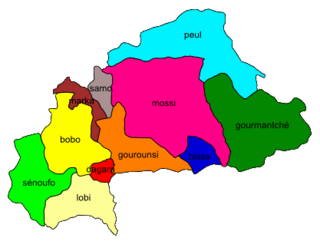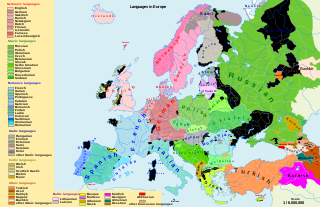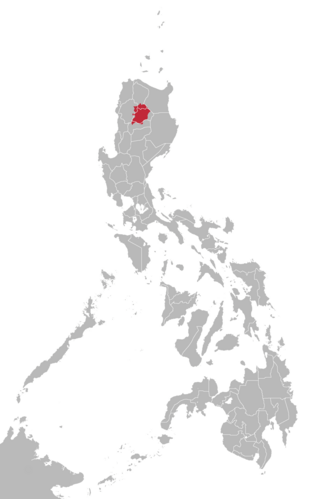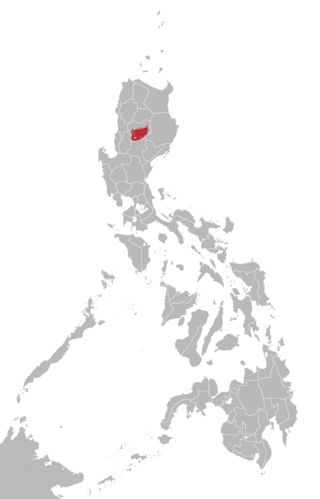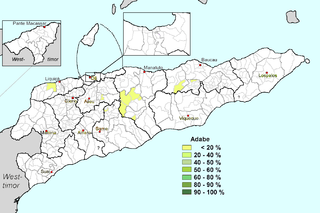| Dialect | Province | Department | Villages |
|---|
| Maka | Mouhoun | Tchériba | Bissandérou, Orobié, Youbou |
| Maka | Nayala | Gassan | Dieré, Djimbara, Gassan, Labara, Laré, Moara, Téri |
| Maka | Nayala | Gossina | Bosson, Boun, Gossina, Kalabo, Koayo, Le Koun, Madamao, Massako, Naboro, Nianonkoré, Nypon, Sui, Tandou, Tarba, Zebassé |
| Maka | Nayala | Kougny | Goin, Gougnan, Gouri, Kamba, Kibiri, Kougny, Niaré, Nimina, Sébéré, Tiouma |
| Maka | Nayala | Toma | Goa, Goussi, Koin, Kola, Konti, Niemé, Nyon, Pankélé, Samba, Sawa, Sien, Siepa, To, Toma, Yayo, Zouma |
| Maka | Nayala | Yaba | Biba, Bo, Bounou, Kéra, Kisson, La, Loguin, Sapala, Saran, Siena, Tiema, Tosson, Yaba |
| Matya | Sourou | Di | Benkadi, Poura |
| Matya | Sourou | Kassoum | Bangassi, Bao, Bassam, Bonro, Diele, Doussoula, Fialla, Fian, Fianra, Kankani, Kassoum, Koularé, Kourani, Mara-Grand, Mara-Petit, Ourkoum, P’Nare, Peni, Sorona, Soumara Boumba, Soumarani, Tianra, Tiao, Tombila, Toungourou, Wawara |
| Matya | Sourou | Lanfiéra | Guiedougou, Lanfiéra |
| Matya | Sourou | Tougan | Da, Dimboro, Diouroum, Dissi, Gonou, Gosson, Kassan, Kawara, Kouy, Nassan, Tougan, Tourgare, Zinzin |
| Matya? | Sourou | Toéni | Dagale, Domoni, Dounkou, Gome, Gon, Gorguéré, Kware-Manguel, Kware-Toksel, Louta, Toéni |
| Maya | Sourou | Gomboro | Ganagoulo, Gomboro, Konga, Sia |
| Maya | Sourou | Kiembara | Bangassogo, Gan, Goueré, Gouyalle, Kiembara, Ouelle |
| Maya | Sourou | Lankoué | Lankoué Samo, Rassouli, Tourouba |
| Maya | Sourou | Toéni | Sanan, Sanga, Semé |
| Maya | Sourou | Tougan | Bonou, Bouare, Boussoum, Daka, Guimou, Niankore, Touare, Yéguéré |
